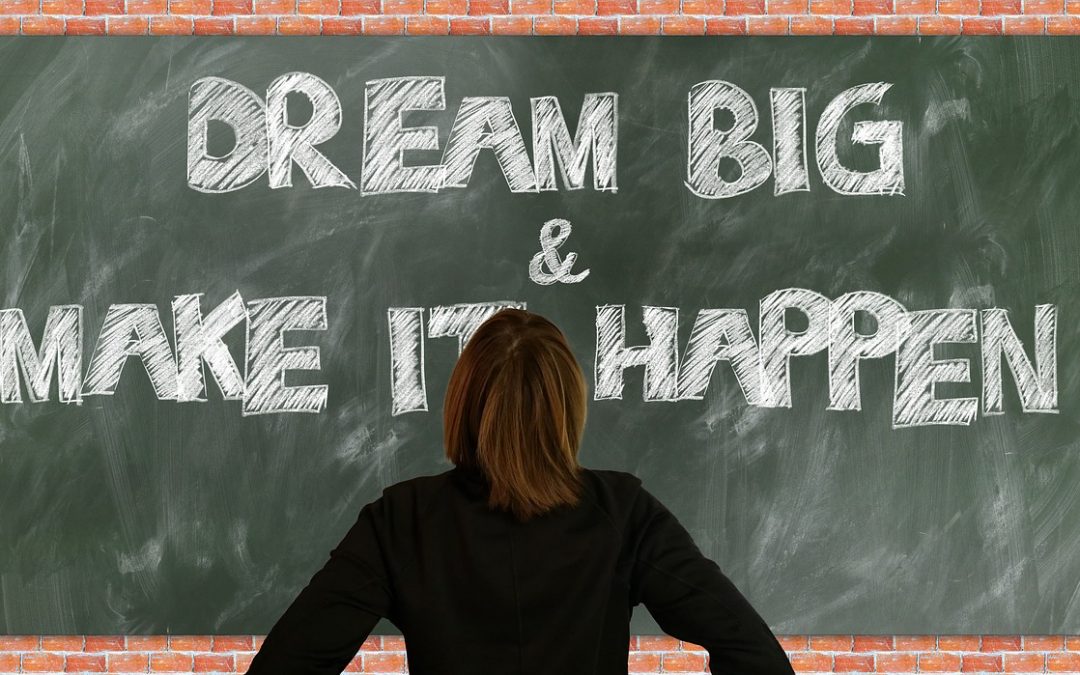
Setting the Course
Every new year has the promise of a new beginning. With attention paid to our inner compass, we can determine which course to take for our highest good. It might not be what others would choose, but then again, they have their own courses to create. So the course we embark upon begins with an internal journey first. Find that inner compass and discover what is at our heart and core. What brings us Joy? Purpose? Connection? Gratitude? Answers to these will help us gain a clearer picture of what and where we need to focus this year.
Whenever I look for inspiration or suggestions, I call upon the various oracle cards I’ve collected over the years. Reflecting upon their artwork and messages has always helped to gain greater clarity and peace. Here is a sampling of various oracle cards to give you an idea of how they might help you, too.
From Collette Baron-Reid, we find:
The Map Maker of Destiny – it’s a sign that you’re being given an opportunity to transform Fate into Destiny. At birth, each human is given a unique map with myriad paths that intersect with one another. Your Map of Destiny shows all the places you’re meant to visit, places where you will be challenged to evolve into the highest aspects of the Self. … Fate is transformed into Destiny according to how you respond to your circumstances. Now is one of those times. …
The High Lady of Love and Compassion – she brings you a deep and meaningful message: she reminds you that only Love is real. It is the sole unconditional and true power behind all means of manifesting out of the unseen into the material. Love’s greatest creative power is ignited by the conscious action of compassion. Generosity of the heart, reverence, respect and empathy for all living things bring you profound power to live a life of happiness and contentment. Love, compassion and kindness to all must be your impulse behind your thoughts, feelings and actions when your intention is to create a prosperous and abundant life. Unconditional Love will be returned ten-fold
The Well Watcher – he signals the need to go within to contemplate the true source of power in the world – which is that of the Divine. You’re being called to the Well and this unseen power will be there and will be yours to align with. Use prayer and affirmations to connect … You will know the way forward by the still, small voice within.
The Swan Queen – she asks that you look at your reflection in the events of your life. She gives you the ability to see the beauty that has transformed your life from ignorance to wisdom. She lets you know that now is the time to go within and seek the answer in your own intuition. Don’t look outside yourself for answers now; the true power lies reflected in the still waters within you. Now is the moment to meditate and ask for a vision. … This is also a reminder to allow time to transform ideas into reality. Nothing happens overnight.
From James von Praagh, the following:
Purpose – I know what I am here to do. You’ve chosen to reincarnate for one major goal: to express love in all that you do. The obstacles of this physical dimension can distract you from this goal, and it’s easy to lose your way. Life on Earth is full of obligations that require your conscious attention, but that doesn’t mean you can’t infuse all of your decisions with caring and compassion. Your purpose in life is not your career; rather your career is guided by your purpose. What activities speak to your soul? What brings you joy? That is the direction your soul is calling you toward to best convey your own unique expression of love and make a contribution to the world. … Listen to your intuition. It is your connection to Spirit and the voice of your soul.
Perseverance – I know that I can do whatever I set my mind to. As a soul, you are on a mission in this physical dimension. You are the only one who knows the correct path to take. Your intuition – your connection to Spirit – is your compass. You have the power to stay the course, and you are stronger and more determined than you might first think. In order to experience many successes in life, you must mature and realize the strength within yourself and the quality of courage. … Now is the time to make the proper changes and take risks and do things you never thought you could before. Your soul must learn to become aware of its “inner strength”. Live the joyfullnes your soul yearns for and engage in activities you have always wanted to try but were afraid you’d fail at. … You have the strength and fortitude to be capable of greatness
Consider oracle card decks as guidance tools – not absolute predictions- – and you will be using them with the intention for which they were designed. Set your course for 2019 for the highest good – always
Did you know ……
- The Chinese Lunar New Year signifies a new beginning and a chance for a fresh start.
– To prepare for Lunar New Year, it is traditional for people to clean their house, pay off debts and gather with family and friends over a lavish meal with foods steeped in symbolism.
– In Chinese tradition, Red is the colour representing happiness and life; Gold is the colour representing prosperity. - Nian gao is a traditional rice cake eaten at Lunar New Year celebrations; it signifies advancement and growth.

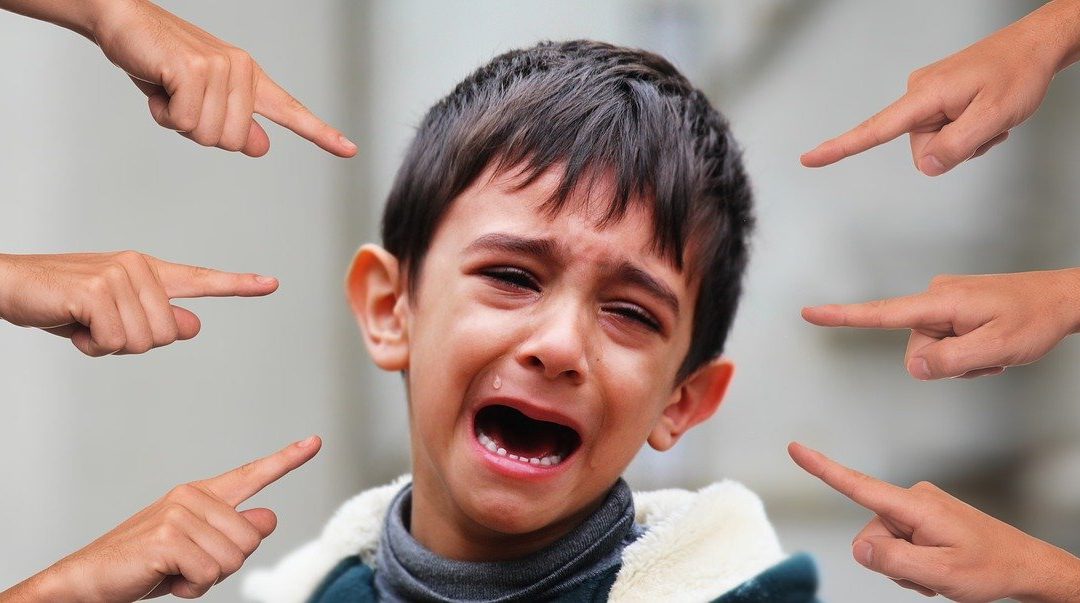
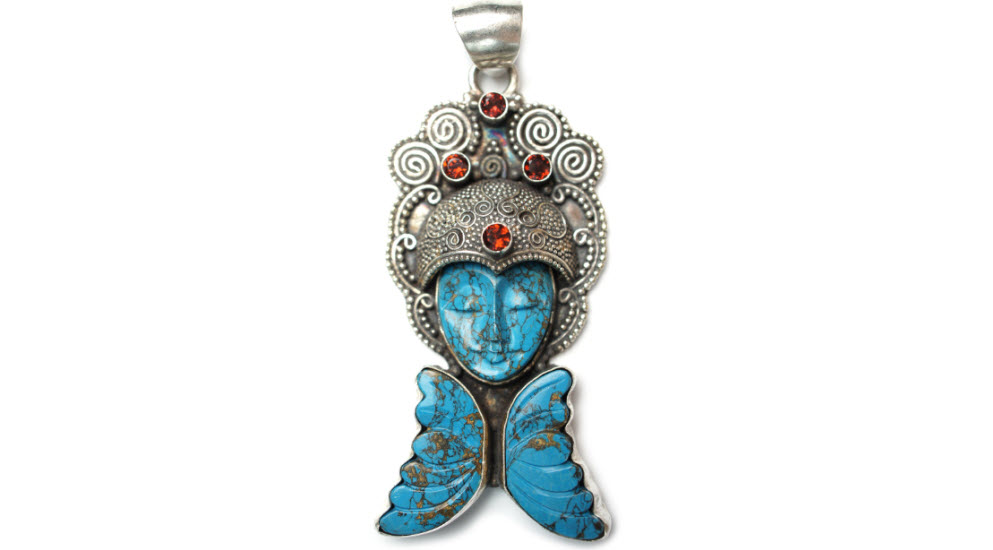
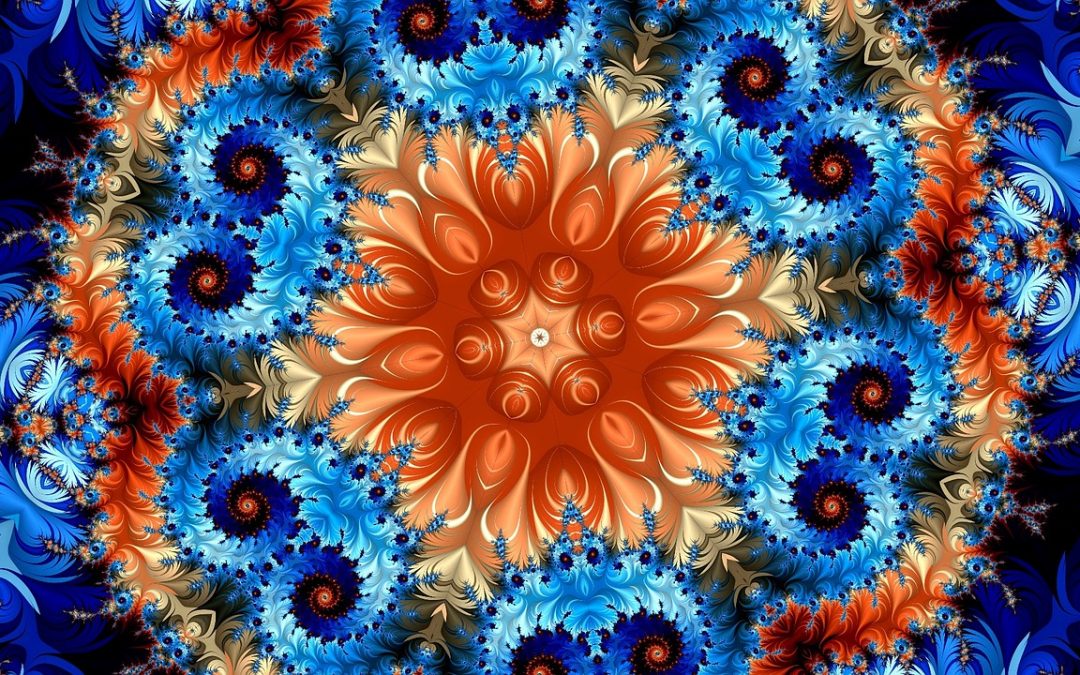
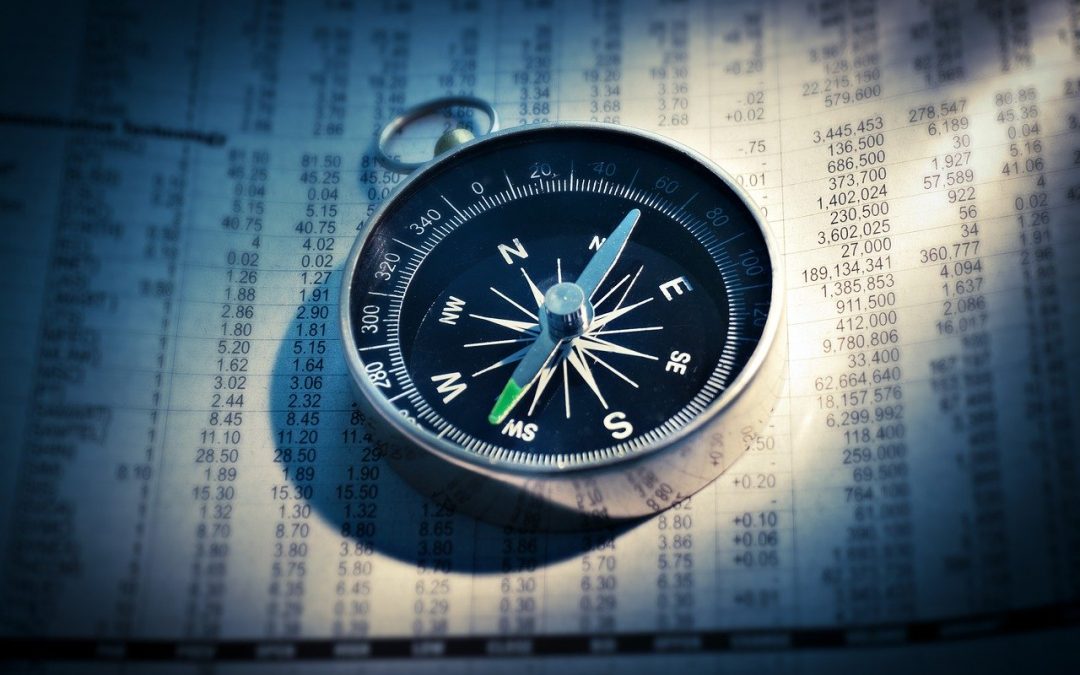
Recent Comments